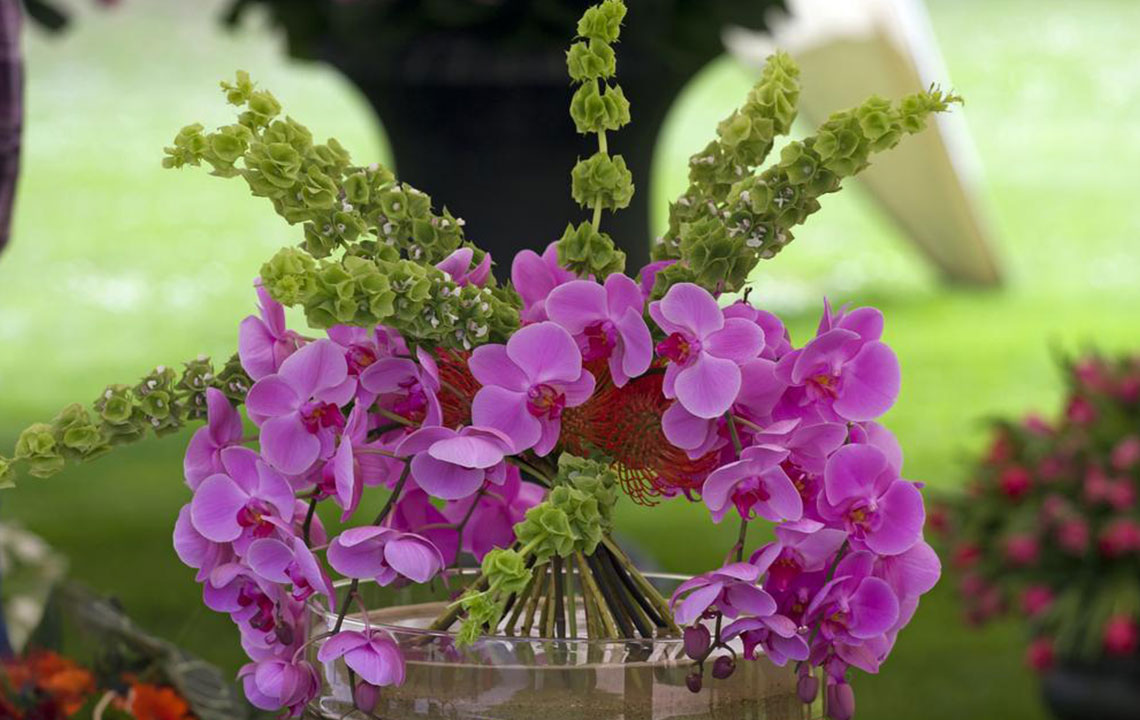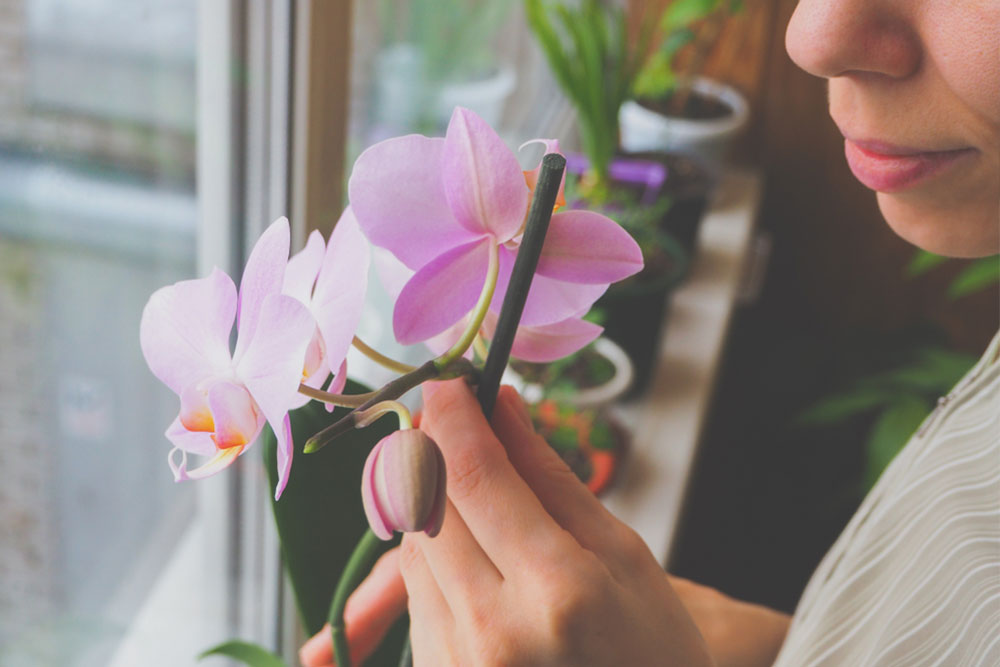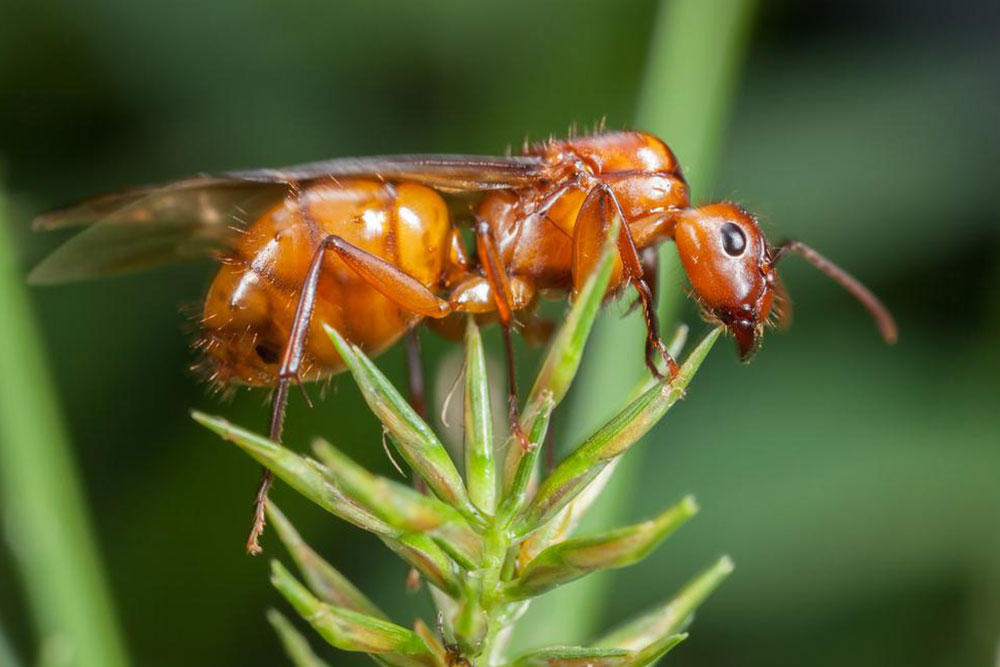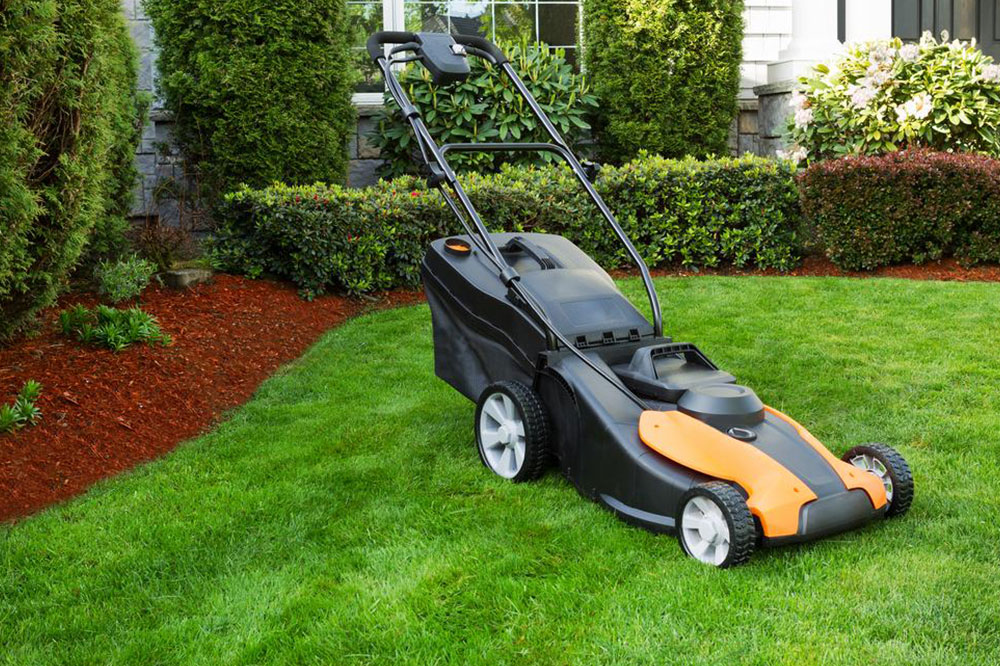Essential Tips for Healthy Orchid Growth
Discover essential tips for caring for orchids, including choosing the right plant, watering, humidity, fertilizing, and pest control. Proper care ensures vibrant blooms and long-term health of your orchids, making them a beautiful addition to your home.
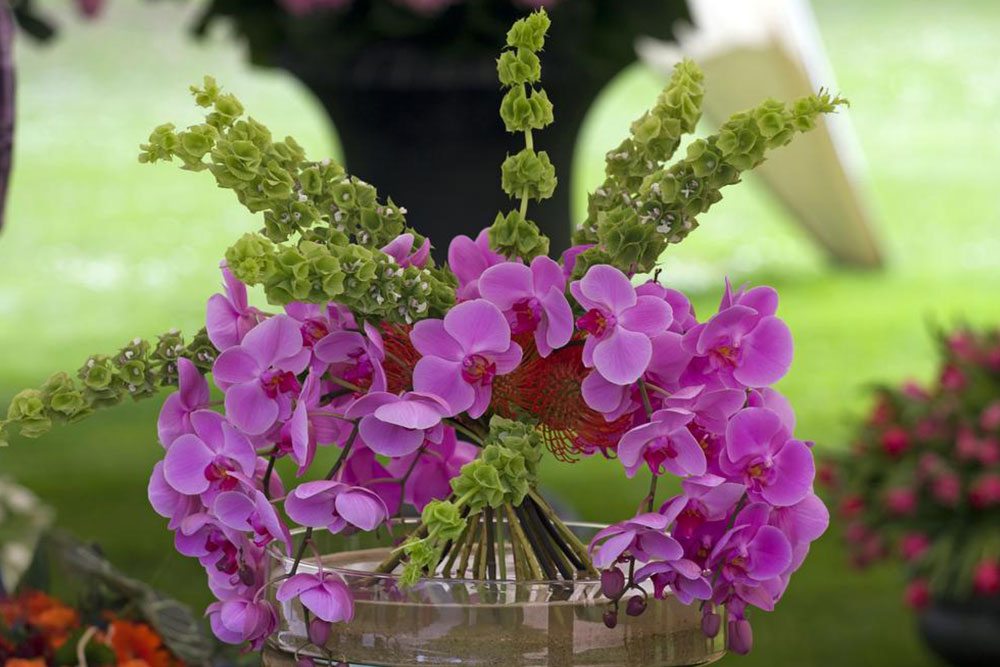
Essential Tips for Healthy Orchid Growth
Orchids are among the most favored indoor plants, admired for their stunning blooms. Many households showcase them, yet few owners know how to properly care for orchids or ensure their healthy development.
This guide covers selecting the right orchid, nurturing it, and maintaining its health. With approximately 20,000 to 30,000 orchid varieties worldwide, you have a wide selection—even if some are hard to find. Choosing the right plant and providing proper care can lead to vibrant blooms and longevity.
Opt for an orchid that isn’t in bloom initially, allowing it to adapt smoothly to your home environment. This approach enhances the chances of establishing a healthy plant. Examine the roots for firmness and check the leaves—healthy foliage indicates a strong plant. Also, note the full botanical name for accurate care guidance.
Proper watering is vital; orchids need time to dry out between waterings. During summer, water when dries; in winter, reduce frequency. Humidity is equally important, best maintained with a humidifier. Avoid placing orchids near direct heat or cold drafts; ideal spots are warm, mild, and humid.
Regular fertilization is key—feed weekly, especially before blooming. If blooms suddenly fade despite optimal light and temperature, consider re-potting your orchid. Re-pot every year or as necessary to promote growth. Watch for pests like mealybugs, scale, and aphids—treat infestations with washing or insecticidal soap.
Understanding your orchid species, proper fertilization, lighting, and re-potting techniques ensures healthy, long-lasting blooms. Proper care will reward you with vibrant flowers and a thriving plant.

